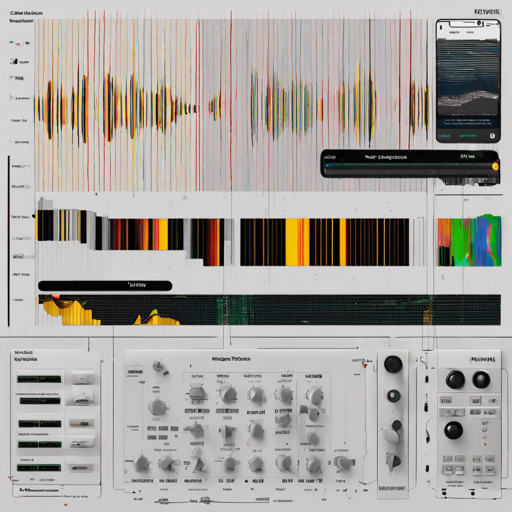In the rapidly evolving landscape of AI, Reverb Diarization V1 stands out as an impressive model that enhances the task of speaker diarization—analyzing audio recordings to identify when different speakers are talking. This model, part of the pyannote-audiotags library, demonstrates remarkable efficiency, showing a considerable 16.5% relative improvement in Word Diarization Error Rate (WDER) when compared to its predecessor, the baseline pyannote 3.0 model. If you are curious about the technical aspects or would like to explore its performance metrics, detailed information is available on Arxiv.
Getting Started with Reverb Diarization
To effectively use the Reverb diarization model, follow the steps below. The process is user-friendly, enabling both novices and experienced developers to easily implement this model for audio processing tasks.
Installation and Usage
First, ensure you have Python installed on your machine. You will also need to install the required libraries, particularly pyannote.audio. Here’s how you can do that:
python -m pip install pyannote.audioNext, the following snippet illustrates how to instantiate the diarization pipeline and run it on your audio file:
from pyannote.audio import Pipeline
# Instantiate the pipeline
pipeline = Pipeline.from_pretrained(
"Revaire/reverb-diarization-v1",
use_auth_token="HUGGINGFACE_ACCESS_TOKEN_GOES_HERE"
)
# Run the pipeline on an audio file
diarization = pipeline("audio.wav")
# Dump the diarization output to disk using RTTM format
with open("audio.rttm", "w") as rttm:
diarization.write_rttm(rttm)
Understanding the Code: An Analogy
Imagine you are setting up a concert where different musicians need to play at specific times. The Pipeline.from_pretrained function is like gathering your musicians, ensuring they’ve practiced their parts through a reputable source. When you execute the pipeline(audio.wav), it’s as if you are pressing play on a playlist where individual musicians (speakers) contribute their unique sounds (voices) at designated intervals.
Finally, the write_rttm method is like taking comprehensive notes of each musician’s performance, documenting precisely when each one played to create a complete score of the event (audio output).
Troubleshooting
While working with the Reverb Diarization V1 model, you may encounter some common issues. Here are some solutions to keep in mind:
- Issue: Audio file not recognized – Ensure the audio file path is correct and the file format is supported (e.g., .wav).
- Issue: Authentication error with Hugging Face – Make sure you have your Hugging Face access token correctly integrated in the
use_auth_tokenparameter. - Issue: Model not loading – Ensure you have the latest version of the necessary libraries installed. You can install them using Python’s package manager.
For more insights, updates, or to collaborate on AI development projects, stay connected with fxis.ai.
Conclusion
In conclusion, the Reverb Diarization V1 model, with its impressive metrics and user-friendly implementation, represents a significant leap in audio analysis. At fxis.ai, we believe that such advancements are crucial for the future of AI, as they enable more comprehensive and effective solutions. Our team is continually exploring new methodologies to push the envelope in artificial intelligence, ensuring that our clients benefit from the latest technological innovations.

